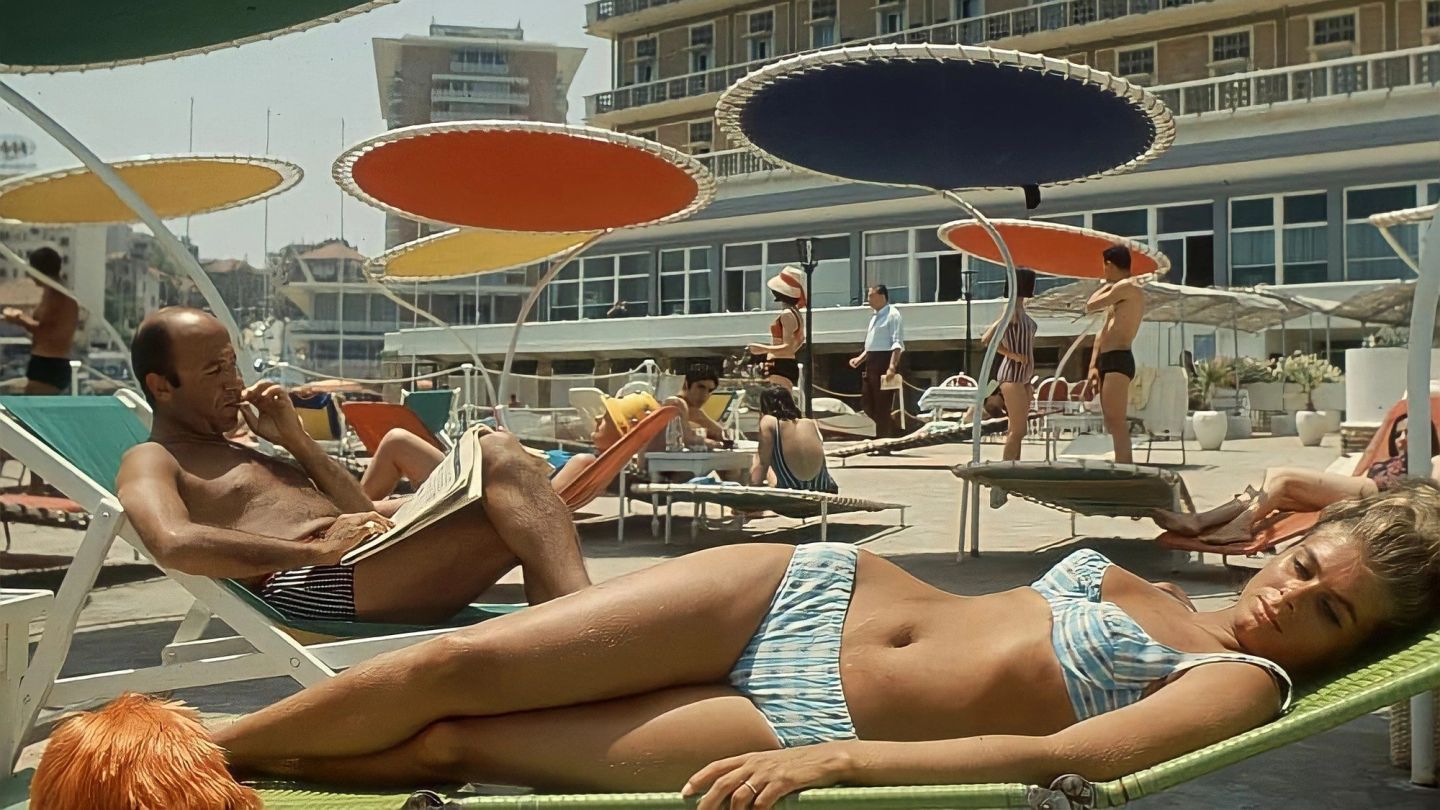

Words: Chris
It seems a world away now, but from 1955 until the outbreak of civil war in 1975, Lebanon was experiencing a period of glamour and optimism known as the Lebanese Golden Age. As with St. Tropez and Gstaad, Beirut and its environs attracted the European and American jet set, with hotels, restaurants, and clubs built for the purpose of entertaining the foreigners and an emerging middle-class. While St. Tropez and Gstaad were immortalised by the likes of Slim Aarons and Gunter Sachs, the Lebanese moment has been largely forgotten — blighted by the state’s ensuing war and sectarian strife.


